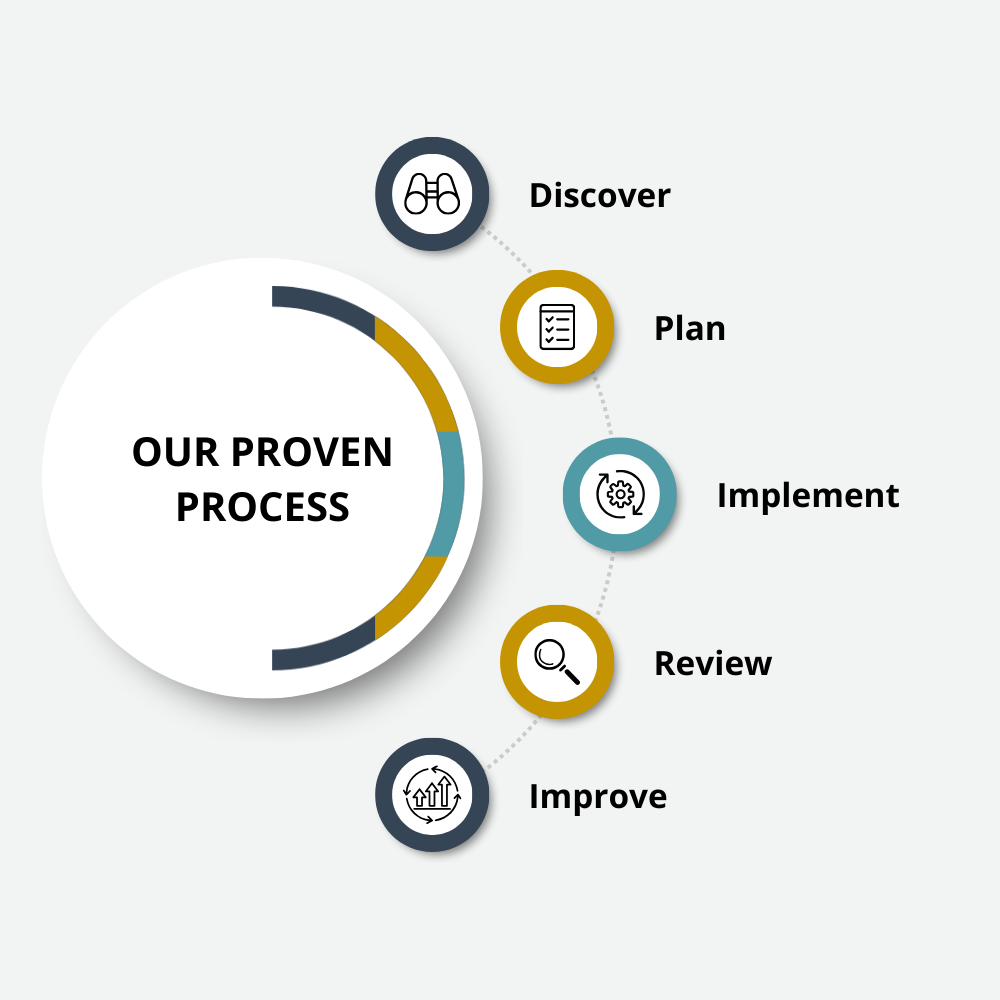We hope you and your loved ones are well and finding ways to safely navigate the balance of this year and into 2022. The following overview will highlight some of the considerations and opportunities that affect year-end financial planning for 2021.
Not all actions will apply in your situation, but if you believe that you or a family member may benefit from any of these strategies, please contact us at your earliest convenience to discuss next steps.
Planning For Individuals:
Health Savings Accounts (HSA)
If you have a qualified HSA health insurance plan, one way to lower your taxes is to contribute the maximum allowed in your HSA. You can contribute to your HSA through payroll deductions and can also make direct payments to achieve the maximum contribution amount.
Flexible Spending Accounts (FSA)
If you have a Flexible Spending Account, now is a good time to check your balance. If your employer plan does not allow rolling money over into the next year, make sure you spend the balance on qualified expenses so you do not lose out.
Loss Harvesting
This strategy involves realizing losses on securities to receive a tax deduction while substantially preserving your investment position. There are several ways this can be done. For example, you can sell the original holding, then buy back the same securities at least 31 days later.
Gain Harvesting
If you have realized losses this year or have carryover losses from previous years, consider harvesting gains in your portfolio to offset and allow for rebalancing. In addition, if you believe that you may be impacted by higher capital gains taxes in 2022, you may want to generate net capital gains in 2021 in the context of any planned portfolio rebalancing.
Defer Income/Accelerate Deductions
You may consider postponing income until 2022 and accelerating deductions in 2021 to lower your 2021 tax bill. The caveat here is that, given what we believe may be likely, high-income earners may want to do the exact opposite. While we expect tax increases, we still do not know the specifics and/or timing of when they may be applicable. In general, the acceleration of deductions strategy may enable you to claim larger deductions, credits, and other tax breaks for 2021 that possibly could be impacted by changes in 2022.
Postponing income is also desirable for those taxpayers who anticipate being in a lower tax bracket next year due to different financial circumstances. Note, however, that in some cases, it may pay to accelerate income into 2021. An example of this may be a case where a person’s marginal tax rate is much lower this year than it will be next year.
Required Minimum Distributions (RMDs)
There is no longer a waiver for those who must take a Required Minimum Distribution from their Individual Retirement Account (IRA) in 2021. As a result, anyone age 72 or older as of December 31, 2021 must take their RMD by year end to avoid the 50% penalty ― unless this is your first RMD, in which case you have until April 1, 2022. RMD calculations are based on the Fair Market Value (FMV) of the account for the previous year ending December 31, 2020. The custodian of your IRA will send you a notice of the distribution amount you must take from your account(s).
Gifting
You can save on gift and estate taxes by making gifts sheltered by the annual gift tax exclusion before the end of the year. In 2021, you can give up to $15,000 to an unlimited number of individuals but you cannot carry over unused exclusions from one year to the next. There is no limit on gifts made for direct payments of tuition or medical expenses you pay for someone (per the educational and medical exclusions).
Estate Planning
Make sure your overall estate plan is current, including your will, trust, and health care power of attorney. Review your beneficiaries and double-check any updates that are needed on your accounts. It is all too common to leave an ex- spouse, for example, assigned accidentally.
Adjust Withholding if Needed
If you had a big tax bill for 2021 and you expect 2022 to be similar, increase your withholding now to reduce the amount you will owe when you file your returns in 2022. If you received a significant refund for 2021 and you expect 2022 to be similar, decrease your withholding now and get more in each paycheck rather than getting a big refund when you file your return.
If you have significant changes to your income for 2022, talk to your tax advisor about running tax projections to check that you’re on track. You can reduce or eliminate an underpayment penalty by making an additional payment or increasing your federal withholding through your salary, retirement distributions payments, and/or Social Security.
Employer Retirement Plan
If you have not maximized your retirement contributions for 2021, consider boosting your contribution percentage for the remainder of the year. The contribution limit for 2021 is $19,500 for those under age 50, plus an additional $6,500 for those 50 and older. For self-employed individuals the 2021 total contribution limit is $58,000 and $64,500 for those 50 and older. Finally, review asset allocation within your employer retirement plan to achieve alignment with your risk tolerance and long-term needs.
529 Plans
Consider making year-end contributions to your 529 plan. Many states allow a deduction for specific sums contributed to eligible plans. For those in distribution mode, before the new semester begins in January, colleges send out tuition bills for parents and students to pay. One caveat to note: if you take funds from a 529 plan in December for a tuition bill paid in January, a portion of your 529 plan funds could be classified as a non-qualified distribution and potentially subject to income tax and a 10% penalty if total 529 plan withdrawals for the year were more than the qualified higher education expenses paid. In addition, the use of 529 plan assets has been expanded to include $10,000 of expenses per year for elementary and secondary schools.
Charitable Giving
You may consider using appreciated (long-term) stock rather than cash when contributing to charities. This would avoid income tax on the unrealized gain in the stock, while at the same time, maximize your charitable deduction. If you are unsure which organization you would like to support, but you want to make such gifts with appreciated securities, consider establishing a Donor Advised Fund. This will allow you to take advantage of the deduction in 2021 and provide a gifting vehicle to be used in future years. In addition, for those who are at least 72 (or age 70 ½) and have a traditional IRA, you may be able to make a qualified charitable distribution (QCD) from your IRA directly to charity. This may be favorable for those looking to lower their adjusted gross income.
Bunching Deductions
You may be able to save on taxes by applying a bunching strategy to medical expenses. This should only be considered if you have itemized deductions greater than the standard deduction. You may deduct medical expenses for you and your dependents.
Life Events
Discuss with your advisory team any major life events or recent changes. This may include a job change, major health event, new home or car, and other significant planned purchases or sales. When major life events occur, you should examine and understand their impact on your overall income tax and estate planning goals. Through life’s changing circumstances, we can provide you effective direction on financial planning matters.
Planning For Businesses:
Business Deductions
Acquiring business assets before the end of 2021 may be a good tax planning strategy, depending on your business situation. For assets with a useful life of more than one year, you generally must depreciate the cost over a period of years, depending on asset type. As a part of the Tax Cut and Jobs Act, some favorable provisions were revised and made available for depreciating fixed assets, thus maximizing deductions.
Pass Through Entities
If you own an interest in a partnership or S-corporation, you may need to review your tax basis in the entity so you can deduct any losses generated in 2021. Note, your income or gain on the disposition of such activity are net investment income subject to the 3.8% tax unless you materially participate in the activity.
Business Retirement Plan Setup
Qualified small businesses are eligible to receive a tax credit up to $5,000 per year to offset the costs of setting up and administering a plan, as well as educating employees about their retirement savings options. If you are self-employed and have not yet done so, consider setting up a self-employed retirement plan. Make sure to check beneficiaries of all retirement plans and IRAs to make sure they are current.
Employee Retention Credit (ERC)
Another tax credit from the CARES Act, the Employee Retention Credit, provides employers with an incentive to keep their employees on the payroll during the pandemic by giving them a credit on the employer’s portion of payroll taxes. Because it’s a refundable credit, a tax refund can be issued if the calculated credit exceeds your payroll tax liability for the quarter.
Summary
These are just some of the planning strategies to consider before the start of the new year. Keep in mind, any strategy may have unintended consequences if the taxpayer’s situation is not evaluated holistically considering the changing landscape. Please contact our team to discuss any of these items or other year-end planning needs in more detail.




















